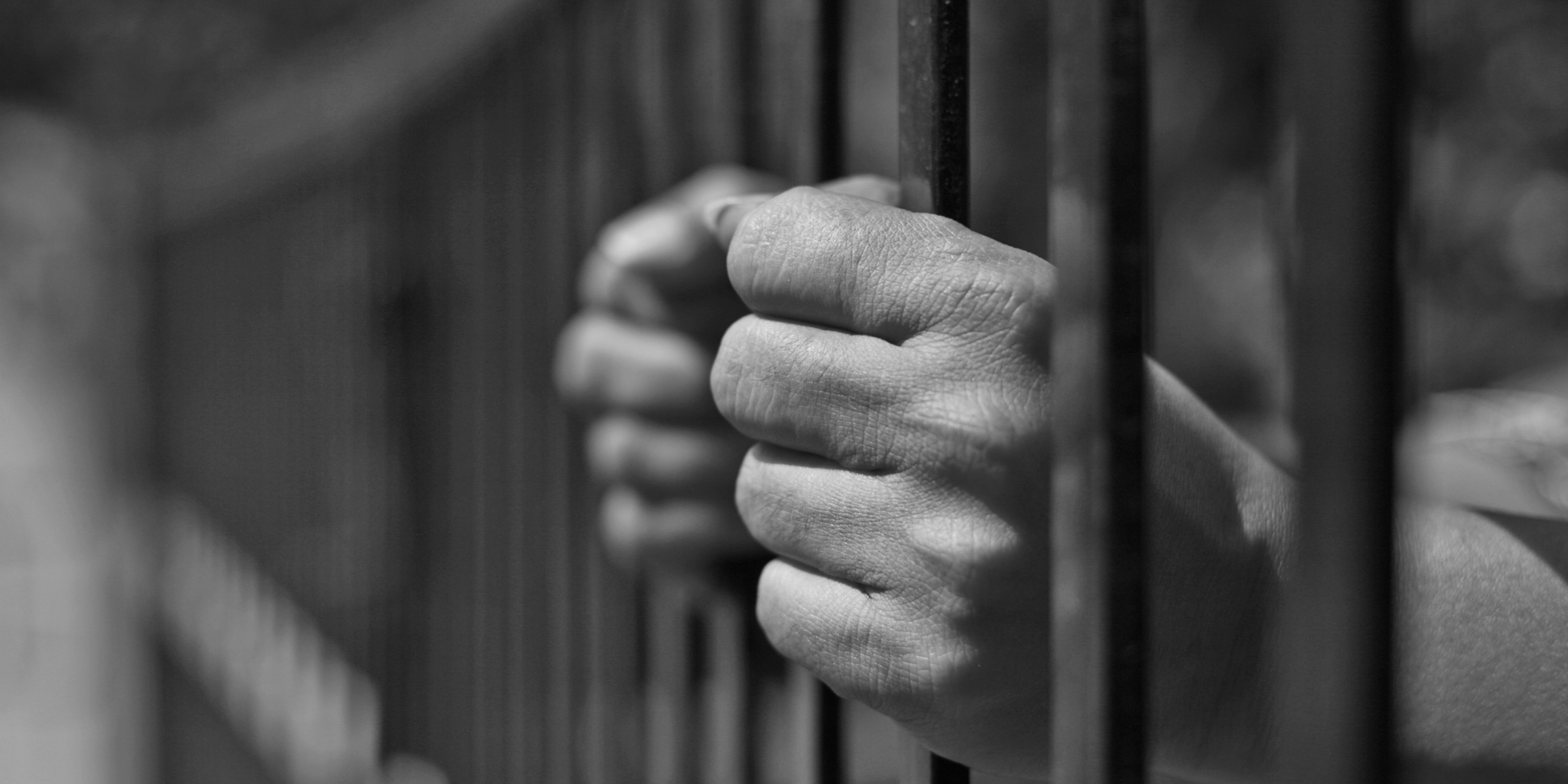The First Amendment states that you have the right to assemble, or congregate in groups, and express your opinions through protest. Many people may not be aware that despite the first amendment, police and other government officials are authorized to place certain tight limitations on speech rights. Before you attend a protest, make sure you know your rights.
Your rights protected by law:
- Your rights are most effective in public places such as streets, sidewalks, and parks. However, you are not limited to protesting only on streets, sidewalks, and parks. You can also assemble and protest in government buildings. Please be sure you and the people you are protesting with are not obstructing access to the building.
- The government is unable to restrict your speech on your private property.
- Police are required to treat all protesters and all counter-protesters equally. Police are allowed to keep opposing protest groups separated, but whenever possible, police should enable both groups to be within eyesight of one another.
- When in public places, you have the right to photograph anything out in the open. This includes federal buildings and the police. However, this is not the case on private property. The owner of an establishment can determine what can and cannot be photographed.
- You are allowed to march on the streets and sidewalks as long as those marching are careful not to interfere with car or pedestrian traffic. You do not need a permit to protest on public streets and sidewalks, but police officers can request for you to relocate to a sidestreet or a less busy sidewalk to allow others to pass and for the safety of those protesting and the safety of bystanders.
If you feel like your rights have been violated:
- As soon as you are able, record as much you remember, such as officers’ badge and patrol car numbers on a piece of paper.
- Ask the people around you who also witnessed the violation of their contact information.
- If you can, take photographs or videos related to the violation.
- File a written grievance through the internal affairs department of the agency you believed violated your rights.
What happens when police demand the crowd to disperse during a protest:
- Law enforcement may only end protests through a dispersal order as a last resort. Police may only break up a protest when there is a clear and present danger of riot, traffic obstruction, or there is a significant threat of harm to the public.
- In the event of a dispersal order, law enforcement must allow a reasonable amount of time for protestors to comply as well as a clear exit path.
- One the dispersal order has been issued, all protestors are to be informed of the amount of time they have to disperse, the consequences for choosing not to disperse, and directions to follow a clear exit path. Only after protestors have been informed of the dispersal order are protestors allowed to be arrested or charged with a crime.
Contact us today, if you are looking for more information about our bail bond services.
Tags:
Uncategorized
Post by
Big Mike
August 1, 2020
August 1, 2020
